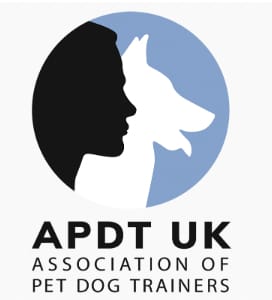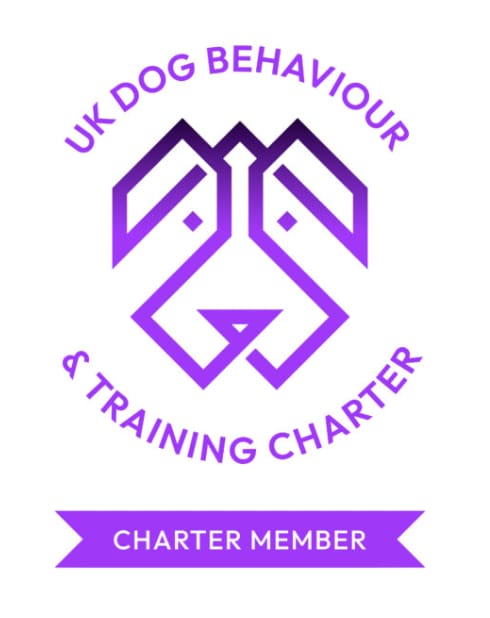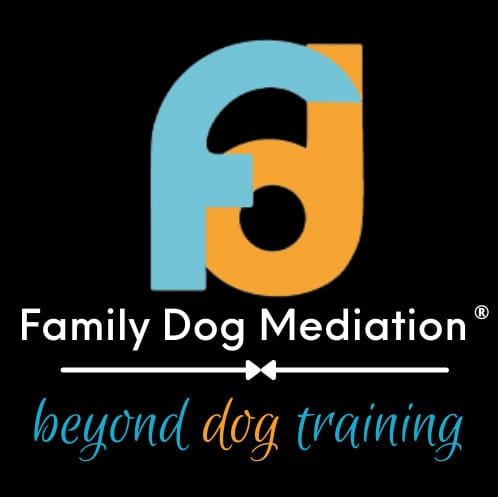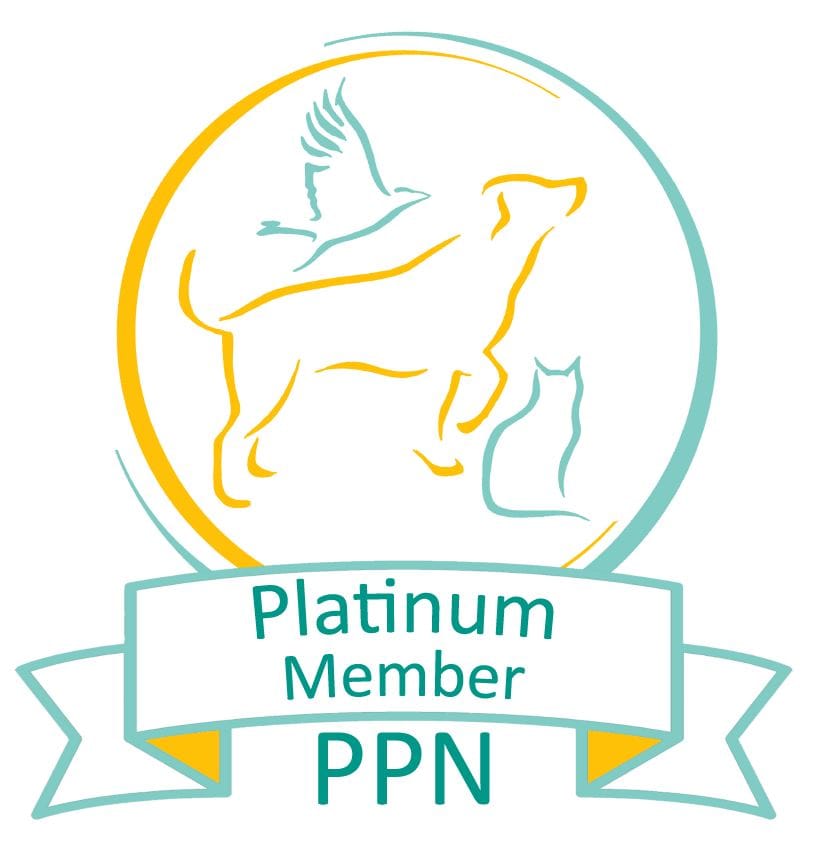Children and dogs. The ideal combination or a recipe for disaster?
15/06/2018 - Blog
In my career as a dog trainer, I’ve come across many different attitudes to mixing children and dogs. There are those who are afraid that the dog will hurt the child (or vice-versa). And unfortunately there are still too many nasty incidents occuring. I can see how people might get anxious about mixing dogs and children. Some people think (as I do) that if dogs and children are taught how to respect each other, they can and do make firm friendships and can support each other through life’s trials and tribulations. It’s all about communication Our school curriculums are not just academic learning, they’re also about children learning to communicate and get on well with each other using words and body language. Being able to communicate is an essential life skill. It allows you to ask for what you need, safeguard yourself and others and build strong, supportive relationships. Children are also encouraged to learn foreign languages in school and if they’re lucky, they also get to learn some sign language. Well, I think of “dog” as another language. Dogs don’t use words to communicate with each other or with people, but they DO use body language. I have no doubt that dogs think that humans speak and behave like aliens. And so it’s important for dogs to learn to understand us and for humans to learn to understand dogs. Which is what dog training is all about. When communications break down or are misinterpreted – then we get conflict. If a child (or an adult) doesn’t realise when a dog is asking for more space, then both parties are at risk. The human may get bitten, the dog may be re-homed or worse. Understanding the limitations of children and dogs Adults have rules and beliefs around what counts as acceptable behaviour. Children learn those rules as part of the growing process. While they are still learning, adults tend to either avoid putting a child into a situation he or she isn’t ready to cope with. For example, you wouldn’t ask a 3 year old to walk himself to nursery. He might know the way, he might even be very good at road safety but what if something unexpected happened? Could he cope? No of course not. Which is why he needs supervision. In the same way, it’s not fair to ask a dog to cope with a lively toddler who, although he knows not to pull the dogs tail, sit on its bed or taste-test its Bonio, will probably do those things anyway as soon as Mum isn’t looking. Toddlers like to test the boundaries. Dog’s can’t say “no”, neither can they distract the child with a different toy. When a dog is afraid or in pain, it has two options, run away or stand and fight. I’m not saying that the child is always to blame when things go wrong. A young dog is apt to jump up, lick, nip, scratch and potentially hurt a child just out of excitement. It’s not malicious at all, in fact it’s how puppies play. However, it could make a child wary and possibly instill a lifelong fear of dogs. It’s for the supervising adult to make sure that the dog stays calm around the child and the child stays calm around the dog. Why Supervision is paramount Until your child is able to respect the dog and vice-versa, never ever leave the two of them together unsupervised. If you leave the room, either take one of them with you or put some sort of barrier between the two of them. Perhaps the dog can have a toddler-proof crate or a pen where he is safe. I’m not going to set guidelines for what a child can do at any given age – that’s for parents and guardians to decide on based on the child’s maturity and the dogs’ temperament. Accentuate the positive and look for age-appropriate activities Show your child what IS acceptable as well as what is not. Help the dog and the child to build a bond by making sure all of their contact is positive. An older child must also learn that a dog can’t always change the rules according to who it’s with. As an example, 12 year old Justin loves playing fast and furious games with his Nan’s adolescent Labrador. He would be happy to let the dog jump up at him but Gran has explained to him that the dog will then think it’s OK to jump on his 2 year old cousin or his 80 year old great grandma….either which could cause injury. So he helps to train the dog by discouraging unwanted behaviours and encouraging good manners. The same dog, loves food treats (what Labrador doesn’t?) and little Alice, aged 2, loves to hand snacks to the dog. Grandma actively encourages the interaction but because it’s helping to build the relationship. However, there were a couple of incidents where the dog mouthed at the little girl’s hand when no treat was offered. No harm was done, but Grandma could see how the behaviour could escalate and lead to an injury. Alice is too young begin to understand dog training so Grandma needed to take steps to modify this behaviour. After a quick chat with a trusted dog trainer, Grandma changed tactics and taught the little girl to place treats on the floor rather than feed the dog from her hand. Baby and dog still enjoyed the “game” but the dog has stopped thinking of Alice’s hand as a food dispenser and instead looks to the ground beneath her feet. Dogs and children training together Watching a child enjoying the company of a dog is a real joy to me. Whether they are noodling about in the garden, relaxing in front of the TV or burning off energy with a game of chase, it’s an absolute delight. It’s almost like a Disney movie. Remember though, that every Disney movie takes a lot of planning, and many many rehearsals before it is perfect. It doesn’t just happen. A brilliant way to for children to really enjoy spending time with dogs, is to involve them with training and socialisation. It gets the children away from the TV and teaches them communication skills. It also helps focus the dog’s brain, burns off his excess energy and enriches his life. CK9 dog training run a kids club in Banstead Surrey, where children can learn more about dog behaviour whilst having fun with their own dog. It’s a mix of agility training, teaching the dog to do tricks and understanding how to encourage and reward good manners. This is a very popular workshop with a limited number of places so book soon to avoid disappointment. More details about childrens dog training classes here https://www.ck9training.co.uk/workshops/kids-club/
Copyright © 2025 CK9 Training








